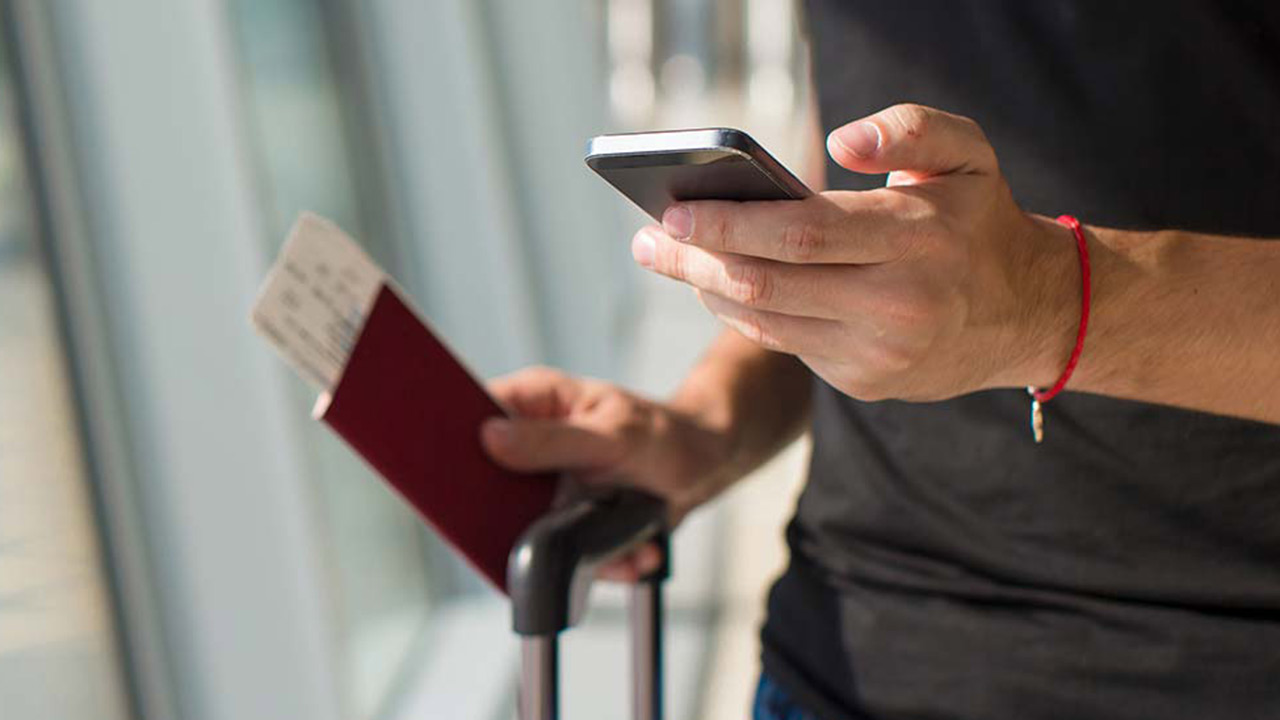eSIM cards: What they are and how they’ll help you on your next trip
These can be a traveler's best friend

If you’ve ever upgraded from one cell phone to another, you have likely had to swap your SIM card: the tiny chip that pops into a storage slot in your device to connect you to your carrier’s cellular network. Increasingly, though, phone manufacturers and carriers are skipping physical SIM cards altogether in favor of a digital alternative.
eSIM — or embedded SIM — is a digital SIM card that is built into your device and can be activated virtually, no manual switch required. Most flagship smartphones in 2025 support eSIMs.
Here's what you need to know about eSIMs, and how they can be a real help when you travel overseas.
GigSky eSIM offers coverage in over 200 destinations, plus dedicated cruise and in-flight plans for seamless connectivity wherever you travel. With flexible data packages, reliable global coverage, and instant activation, GigSky makes it easy to stay connected without roaming hassles.
Tom's Guide Approved Sponsored Offer
How does an eSIM work?
Unlike a traditional SIM card, which must be removed and swapped out from an old device to a new one or replaced if you want to change numbers or service providers, an eSIM is programmed remotely to give you instant access to your carrier network upon activation.
You can download your eSIM over Wi-Fi instead of heading into a carrier store or waiting for a physical chip to arrive in the mail. With an eSIM, you no longer need to worry about different SIM card sizes or the process of locating and opening the card slot.
eSIM technology also allows you to seamlessly switch between multiple numbers — such as a personal and business line — on the same phone as long as your device supports this feature.
Why you should choose an eSIM for your next trip
Since eSIMs can be purchased and activated remotely, they’re a convenient way to stay connected on your next trip. If your existing carrier plan isn’t particularly travel-friendly, you can get an eSIM with more affordable international options, such as unlimited data for the countries or regions you’re visiting.
Get instant access to breaking news, the hottest reviews, great deals and helpful tips.
Some providers also offer eSIMs with local phone numbers in the event you need one for calls, texts, or other services. You typically don’t need to commit to a long-term contract with travel eSIMs, as you can purchase plans for as little as a few days (though you can get extended coverage if you’re a frequent flyer).
With an eSIM, you can continue using your current phone as normal without interrupting your existing carrier plan, and you don’t need to obtain and keep track of multiple SIM cards as you cross borders. In fact, you can purchase and install an eSIM before departure so it is ready to go when you arrive at your destination.
If your device supports dual SIMs, you can toggle between them in your phone’s settings. Note that your device will need to be unlocked to use an eSIM from another carrier, so be sure to check before buying an eSIM.
More from Tom's Guide

Emily Long is a Utah-based freelance writer who covers consumer technology, privacy and personal finance for Tom's Guide. She has been reporting and writing for nearly 10 years, and her work has appeared in Wirecutter, Lifehacker, NBC BETTER and CN Traveler, among others. When she's not working, you can find her trail running, teaching and practicing yoga, or studying for grad school — all fueled by coffee, obviously.
You must confirm your public display name before commenting
Please logout and then login again, you will then be prompted to enter your display name.

